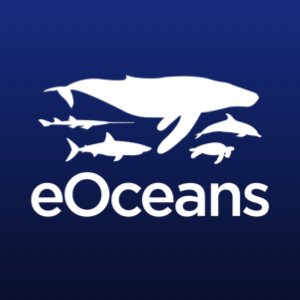
Success: California sets the bar for Protected Area monitoring
Protected Areas, including marine protected areas (MPAs) are widely recognized as essential tools for conservation.
They promise to safeguard biodiversity, combat climate change, and support sustainable economies. Yet with billions of dollars invested globally and ambitious targets like 30x30 — protecting 30% of the planet’s land and ocean by 2030 — looming on the horizon, how do we ensure these areas deliver on their promises?
The answer lies in consistent measurement, monitoring, and accountability. Without these, MPAs risk becoming little more than lines on a map — protected in name but ineffective in reality.
The OSA model: transforming protected area monitoring
Ocean Science Analytics (OSA), a leading California-based research and education company, is raising the bar for MPA success. Their groundbreaking work in the La Jolla marine reserve, near the renowned Scripps Institute of Oceanography, offers a compelling example of what’s possible when community science and technology intersect.
Recognizing the unique value of local expertise, OSA engaged skilled ocean explorers — snorkelers, divers, walkers, and others — equipping them with the eOceans mobile app. This innovative approach transformed their daily observations into real-time, actionable insights, generating maps, graphs, and trends that track biodiversity, threats, socioeconomic values, and overall MPA effectiveness.
By replacing outdated, siloed methods, OSA not only streamlined data collection and analysis but also empowered communities to actively contribute to conservation and celebrate their marine environment.
One-page summary of the case study from the California MPA by Ocean Science Analytics. ©eOceans 2025
The role of technology in accountability
This effort was made possible with the eOceans mobile app. Purpose-built and patent-pending, the app simplifies data collection and continuously updates visual reports, enabling faster, more accurate insights.
By automating traditionally labor-intensive and error-prone processes, the platform ensures timely decisions that can enhance MPA outcomes. If scaled globally, this process and technology could revolutionize MPA management, providing measurable, tangible results to justify significant investments.
Why accountability is non-negotiable
The challenges facing our oceans and planet — biodiversity loss, habitat destruction, pollution, climate change, overfishing, etc. — require urgent action. MPAs are a cornerstone of the solution, but they must be held to the highest standards.
Accountability ensures that investments in conservation are transparent and effective, building trust among governments, organizations, and local communities. OSA’s approach proves that, with the right tools and a commitment to transparency and accountability, MPAs can meet and even exceed their potential, contributing meaningfully to global conservation goals.
What this means for 30x30
As the 30x30 deadline approaches, achieving its ambitious targets will demand innovative solutions like those demonstrated by OSA. The fusion of participatory science and cutting-edge technology offers a proven pathway to maximize the impact of MPAs worldwide.
But the question remains: Will the billions invested in protected areas be justified if their outcomes aren’t consistently measured, monitored, and held accountable for success?
🌊 Read the full case study
Read the case study HERE to discover how OSA is transforming MPA success and paving the way for a more accountable and effective approach to marine conservation. Together, we can ensure that MPAs fulfill their promise of protecting our oceans and supporting future generations.


